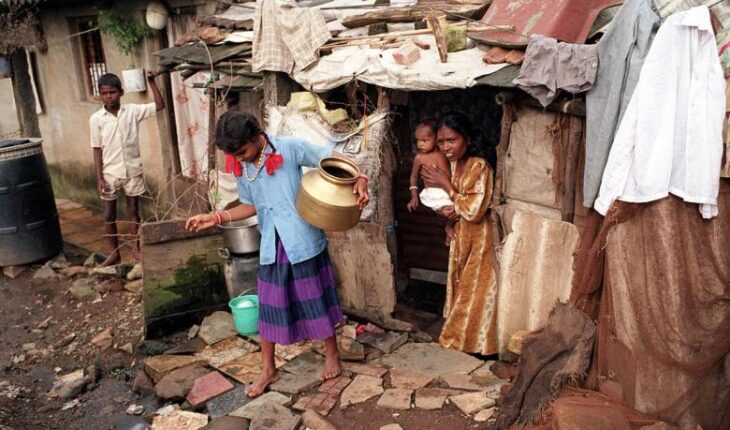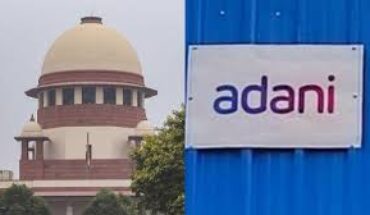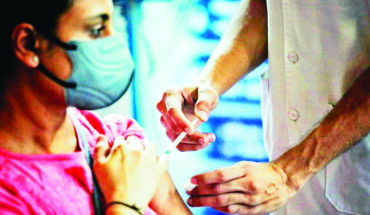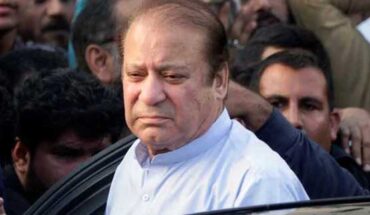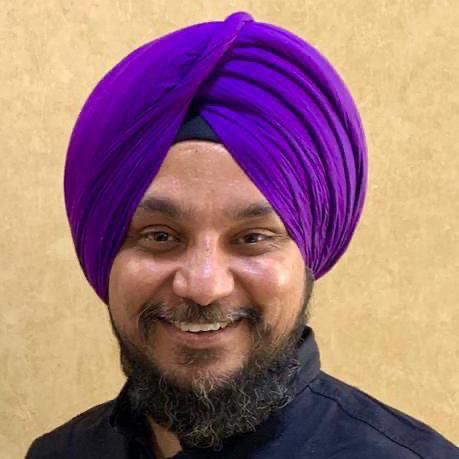
Niti Aayog released its latest report on the National Multidimensional Poverty Index in July. This report of more than 400 pages presents in great detail the economic development of India, the economic condition of the states, and poverty and destitution in Indian society through various dimensions. A preliminary analysis of this report shows that the number of people living below the poverty line in India is steadily decreasing.The Multidimensional Poverty Index, based on various criteria, was 24.85% of the population in 2015-16, and now, according to the data from 2019 to 2021 , it stands at 14.96%. Due to the decrease in this multidimensional poverty index, it is also estimated that during the period from 2015 to 2021, over 113 million Indians have moved above the poverty line in terms of their economic and social standards of living. This positive trend highlights that in comparison to urban areas, a higher percentage of rural population in India has moved above the poverty line. Even after 75 years of independence, a significant rural population in India remains connected to rural economies and agriculture. The recent NITI Aayog report suggests that in the past 6 years up to 2021, around 13.31% of India’s rural population has moved out of poverty, while in urban areas, only a marginal change of 3.38% has been observed during the same period. However, approximately 19% of India’s rural population still lives below the poverty line, largely due to the lack of alternative employment opportunities other than the agricultural sector. Additionally, the continuous decline of the agricultural sector’s prominence in India’s economy is also identified as a significant contributing factor. Moreover, the report also highlights that around 6% of India’s urban population is living below the poverty line in the present time.
It is very important to understand here that people living below the poverty line, or poor people, do not mean that they do not have the means of livelihood for sustenance. In contrast, the NITI Aayog report examines and estimates the National Multidimensional Poverty Index on a total of 12 different dimensions. These dimensions mainly include health, education, and an advanced lifestyle. The analysis of three main points in health includes the integration and examination of various statistics related to the quantity of nourishment in the form of food items used by children, women, and men, the number of child and adolescent deaths, and maternal health. In education, the number of years spent by children in school and their attendance serve as the primary basis. Additionally, various dimensions affecting people’s living conditions are integrated, including the types of fuel used for cooking, sanitation, access to clean water, housing, electricity, types of property, and access to banking services. The recent report from the Niti Aayog indicates substantial changes within these three dimensions. Regarding nutrition or the inclusion of nutritional elements in food items, from around 2015 to 2021, there has been an approximate 6% change in India. Previously, over 37% of the population did not have nutritious elements in their diet, which has now reduced to around 31%. On the other hand, while the current child and adolescent mortality rate is around 2%, concerns arise due to maternal health, with the current figure at 19%. Similarly, in terms of education, there hasn’t been significant change in the number of years spent in school or attendance. Nevertheless, it cannot be said that a significant portion of India’s population is illiterate. The third crucial dimension, determined by the poverty index, evaluates various aspects of lifestyle, and the most substantial changes have been noted in electricity availability in households. Only 3% of the country’s population is now deprived of these amenities now. Likewise, for banking services, the figure lies between 3% and 4%, which signifies remarkable progress. On the other hand, the fact that around 44% of people still lack access to cooking fuel—of which LPG is now a significant source—raises alarming questions about the terrible reality. Talking about sanitation, 30% of the population lacks access to clean and sanitary facilities. Another surprising observation is that nearly 7% of the population still lacks access to clean water, as per the Niti Aayog’s report. Regarding the dimension of clean water consumption, it’s mentioned that if you have access to clean drinking water within 30 minutes of walking, you are capable of living an improved lifestyle.
According to this report from the Niti Aayog, the highest Multidimensional Poverty Index is in the state of Bihar, which constitutes a third (33.7 percent) of its population. Additionally, the corresponding percentages for Jharkhand, Meghalaya, Uttar Pradesh, and Madhya Pradesh are 28.81, 27.79, 22.93, and 20.63 percent, respectively. In all other states, this index is less than 20 percent of their population. The lowest Multidimensional Poverty Index is in Kerala, at 0.55 percent. It’s worth noting that during the previous two reports of the National Multidimensional Poverty Index, the highest reduction in the poverty index (18.13 percent) was observed in Bihar. If around 135 million people in India have risen above the poverty line, the majority of them are associated with the state of Bihar. Another noteworthy point is that even in the state of Gujarat, which is the most developed and prosperous state in terms of per capita income, more than 11 percent of the population lies below the poverty line. Similarly, in West Bengal, which has about half the per capita income of Gujarat, approximately 9.4 percent of the population has emerged from poverty in the last 7 years. This percentage has remained roughly 7 percent in Gujarat. It’s crucial to keep in mind while comparing these two states that West Bengal has a population that is more than one-third larger than Gujarat’s. Therefore, it is important to know that West Bengal has experienced the relative eradication of poverty more quickly than Gujarat.
These days discussions about India’s potential to become the world’s third-largest Economy ,in the upcoming days, are common everywhere. It appears to be a major topic of discussion for the forthcoming elections as well. This surely makes every Indian proud, but it also spreads a false impression. In particular for a country like India with a big population, it is critical to consider that alongside GDP, there must be a major increase in individual incomes comparatively if we are to prevent a sizable percentage of society from remaining imprisoned in poverty. For the past two to three decades, the private sector has been responsible for economic growth, which has led to consistent economic growth that can be gauged by GDP growth.We should focus on boosting individual incomes as well in order to lower poverty rates. India is now ranked 125th in the world in this category. The per capita income currently exceeds 1.70 lakh rupees, up from about 80,000 rupees per year ten years ago. However, the government continues to consider 80 million people as being below the poverty line and provides them with free food.
India is a diverse country. This diversity is exemplified by the various kinds of religions, civilizations, cultures, languages, and physical t characters. But by using the NITI Aayog study, it is possible to view poverty and misery from a variety of perspectives. As a result of the wealthy having access to more resources while the poor continue to lack even the most basic comforts, this shows how economic inequality in India is steadily increasing. The availability of basic amenities has not yet reached every member of society, despite governments developing a variety of social and welfare programmes in this area, which is their democratic duty. This is acknowledged by NITI Aayog’s poverty index. As a result, it has become a common belief that achieving a complete eradication of poverty in a country like India is not feasible.
Dr P S Vohra is Writer, columnist and financial thinker, View are personal


